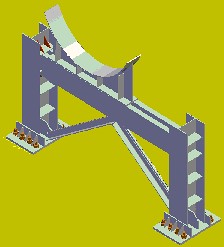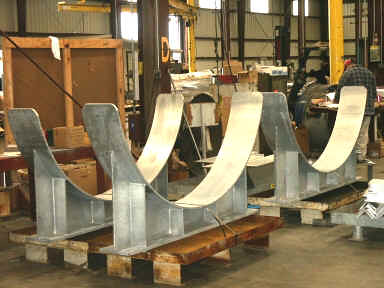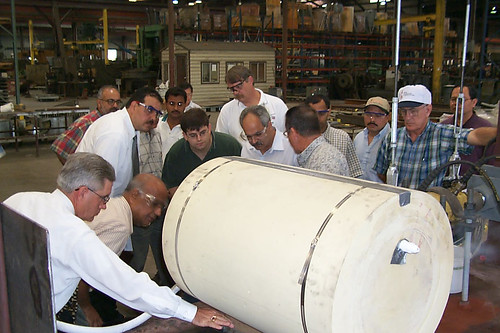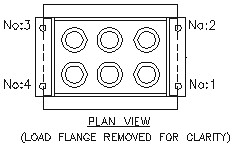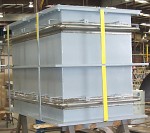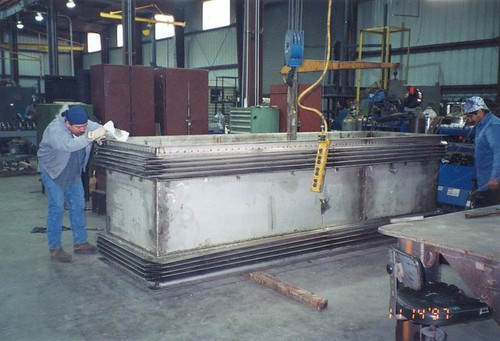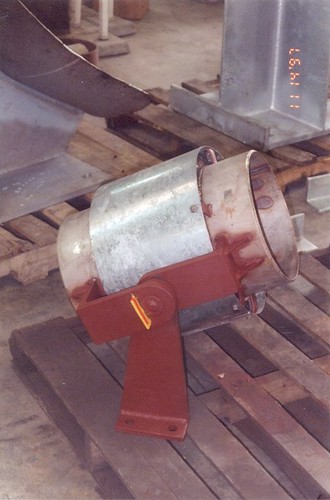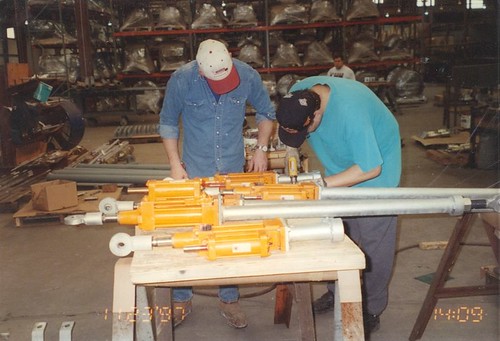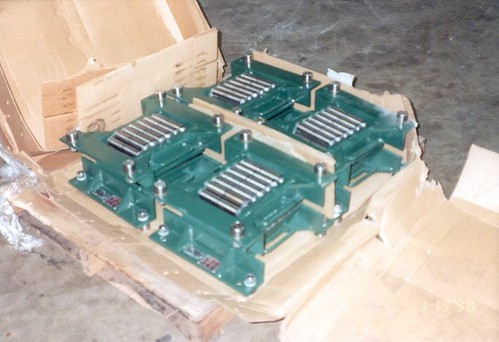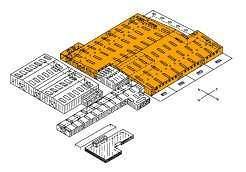PT&P Custom Designs and Fabricates Big Ton Springs Equipped with Lifting Lugs
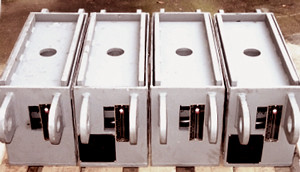
Piping Technology & Products, Inc. specially designed and fabricated big ton springs equipped with side lifting lugs to support piping of a 102-megawatt, refinery co-generation power plant in California.
Under typical circumstances, this type of job application would utilize variable spring hangers, but because of the restricted space, the hangers’ size would be too small to support a hot load of 19,068 lbs and cold load of 17,212 lbs. In order to satisfy both the required loads and space, PT&P engineers designed and fabricated figure 500 big ton springs equipped with side lifting lugs. The lifting lugs were attached to allow the big ton to suspend as a variable spring would in the field.
The big ton springs are comprised of A-36 carbon steel and built at 13″x 23″x 9-1/2″ with a downward travel of .232″. The job was completed within two days to meet the customer’s quick turn requirements.
Introducing PT&P’s Maintenance Free Slide Plates, Bronzphites®
Piping Technology and Products is a supplier of maintenance free slide bearing plates, Bronzphite®, whose high strength bearings and impregnated graphite, together create a concoction ideal for maintaining excellent wear resistance and durability under severe operating conditions. PT&P has supplied Bronzphite® for a number of companies in the oil, gas and power industry.

